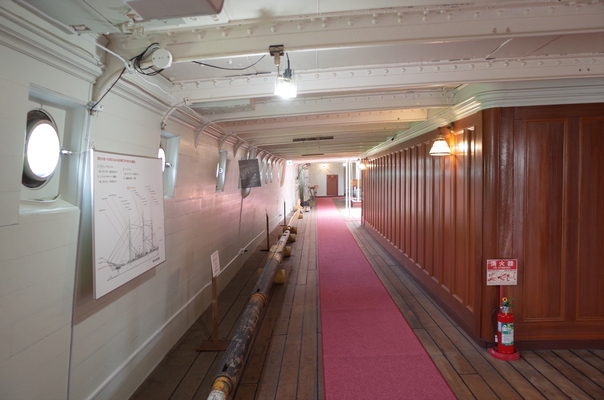Annual Conference 2025 of the Institute of Positioning, Navigation and Timing of Japan (Tokyo University of Marine Science and Technology)
はじめに
I participated in the Annual Conference 2025 of the Institute of Positioning, Navigation and Timing of Japan. The event was held at the Etchujima Campus of Tokyo University of Marine Science and Technology, and took place over three days from May 21st to 23rd, 2025. On the first and second days, two seminars were held in a parallel session format. On the third day, a special lecture and research presentation were held in a single session format.
Seminar: “GNSS Fundamentals and Signal Processing Overview”
On the first day, I attended a seminar by Professor Taro Suzuki of Chiba Institute of Technology.
The content was about how to achieve GPS L1C/A signal reception using software defined radio (SDR). He taught us carrier wipe-off of a signal wave with a center frequency of 1575.42 MHz, simultaneous estimation of code phase and Doppler frequency shift using a two-dimensional fast Fourier transform (FFT), zero padding, signal integration, signal capture, and signal tracking.
The seminar itself was in a classroom format. Source code and sample data that run on SIMULINK on the simulation software MATLAB were provided, and we were able to try out signal processing.
Professor Suzuki has published many open source software related to satellite positioning on GitHub. These include gsdc2023 for the Smartphone Decimator Challenge 2023 hosted by Google, and MatRTKLIB, which uses RTKLIB from MATLAB to beautifully display positioning results. GNSS-SDRLIB, which enabled L6 signal reception with SDR at a time when the L6 signal receiver for the Quasi-Zenith Satellite Michibiki was not commercially available, is also a work by Professor Suzuki.
Seminar: “GNSS SDR Design, Implementation and Application -Pocket SDR as an Example-”
On the second day, I attended a seminar by Professor Tomoji Takasu of Tokyo University of Marine Science and Technology. The handouts from the seminar are available in Professor Takasu’s diary and notes.
Data recorded simultaneously at multiple frequencies on positioning satellite signals was distributed before the seminar. I installed the software-defined radio Pocket SDR on my laptop beforehand and attended the seminar.
As a continuation of Professor Suzuki’s seminar, this seminar also covered signals from GNSS (global navigation satellite system) such as GPS. The content included the receiver section (front end) for handling multiple frequencies in SDR, baseband signal processor, navigation processor, optimization in computer implementation, and applications of GNSS SDR.
He gave a clear explanation of the parenthetical expressions such as BPSK(10) (which I had never learned before that this actually represents BPSK with a data rate of 10.23 Mbit/s!), which I had found difficult to understand, and the bump jump to prevent erroneous acquisition when tracking the binary offset carrier (BOC) signal. While listening to the lecture, I tried out this bump jump myself using pocket_sdr.py in Pocket SDR.
Current GNSS signals are very complex, and multiple transmission methods are now used, such as TMBOC for GPS and Michibiki, CBOC and AltBOC for Galileo. I was impressed to learn that there is almost no loss even when receiving Galileo CBOC (6,1,1/11) at BOC (1,1), which is practical for software radio.
Navigation messages transmitted from satellites differ for each satellite system, and even for the same satellite system, so Pocket SDR and RTKLIB implement all of these individually.
He also taught us the technique of decoding CSK (code shift keying), which is used to transmit Michibiki’s high-precision positioning augmentation signals, using an FFT correlator, and how to create an effective EPL (early, prompt, and late) correlation output to track the signal.
The seminar materials are publicly available, but the opportunity to learn such advanced content directly from a world-class expert is extremely valuable.
Special lectures and research presentations
On the third day, there was a special lecture by Dr. Kenji Mikami of the Cabinet Office, Government of Japan, entitled “Quasi-Zenith Satellite System Michibiki - Satellite Positioning Technology Supporting Japan’s Future.” During the lecture, he explained about the Michibiki No. 5 and No. 7 satellites, which are scheduled to be launched between the end of this year and the beginning of next year, and the Michibiki satellites beyond that.
At the research presentations that followed, we listened to the latest research results, including the coordinates of Japan’s land area, high-precision positioning by artificial satellites, satellite positioning on the moon, new radio wave positioning methods, anti-jamming satellite positioning, and positioning using images and laser radar (LiDAR). I also gave a presentation titled “Simultaneous observation of Galileo positioning augmentation signals in Japan and Germany.”
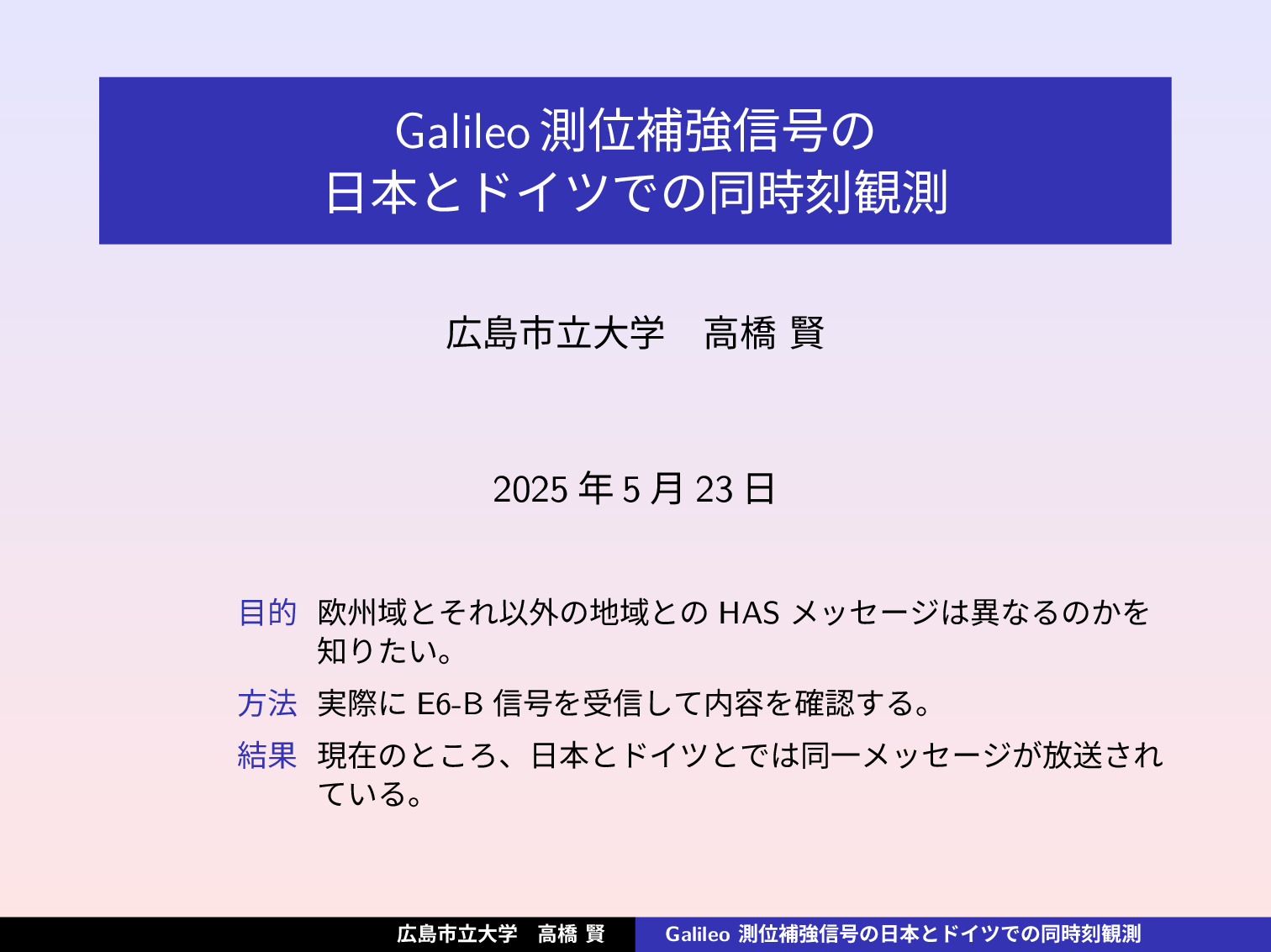
This is a summary of the results of analysis using the QZS L6 Tool focusing on a 5-minute period starting at 23:55 UTC on November 6, 2024. All of the data and analysis software used here are publicly available.
The E6-B signal in Japan can be displayed as follows:
curl https://rnav.info.hiroshima-cu.ac.jp/gnss/has/202411/20241106x.gps --output - | novread.py -e | gale6read.py -t 1 -c | lv
For the German E6-B signal, the Pocket SDR raw data is first recorded into a file, and then the E6-B signal message is decoded and analyzed. The file size is huge at 1.8 gigabytes, so please be careful when downloading.
curl https://rnav.info.hiroshima-cu.ac.jp/gnss/pocketsdr/20241106bonn/L6-long.bin.gz --output - | gzip -dc > L6-long.bin
curl https://rnav.info.hiroshima-cu.ac.jp/gnss/pocketsdr/20241106bonn/L6-long.bin.tag -O
pocket_trk -sig E6B -prn 1-36 L6-long.bin -log 20241106bonn.psdr
psdrread.py < 20241106bonn.psdr -e | gale6read.py -t 1 -c | lv
Campus Walk
There are various ship-related exhibits on the campus of Tokyo University of Marine Science and Technology. This is a cylinder from the destroyer “Akebono.”
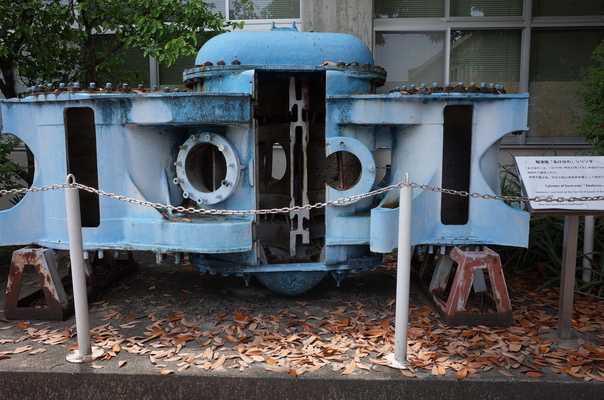
There is also a manhole cover from the time when it was Tokyo University of Mercantile Marine.
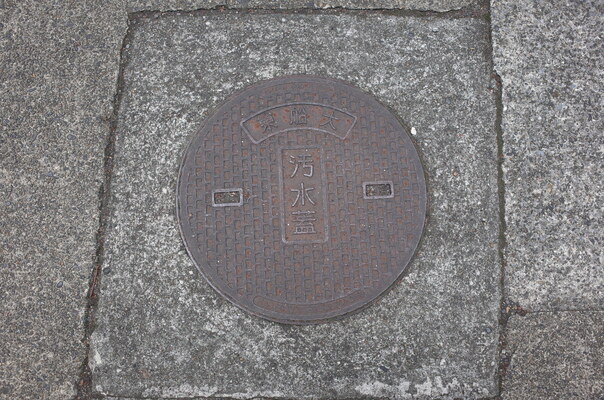
This is the Meiji Maru, an important cultural property.
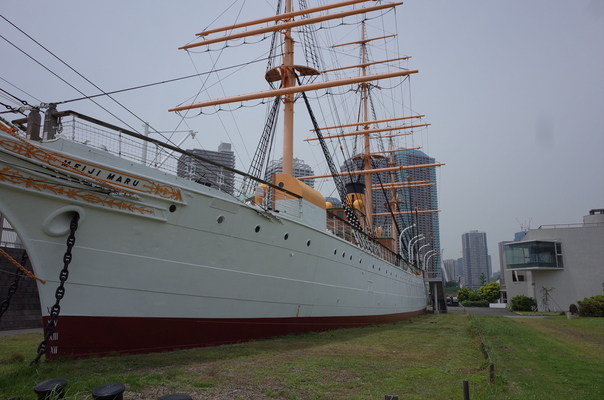
During my lunch break on Thursday, I had the opportunity to tour the interior of the Meiji Maru.
